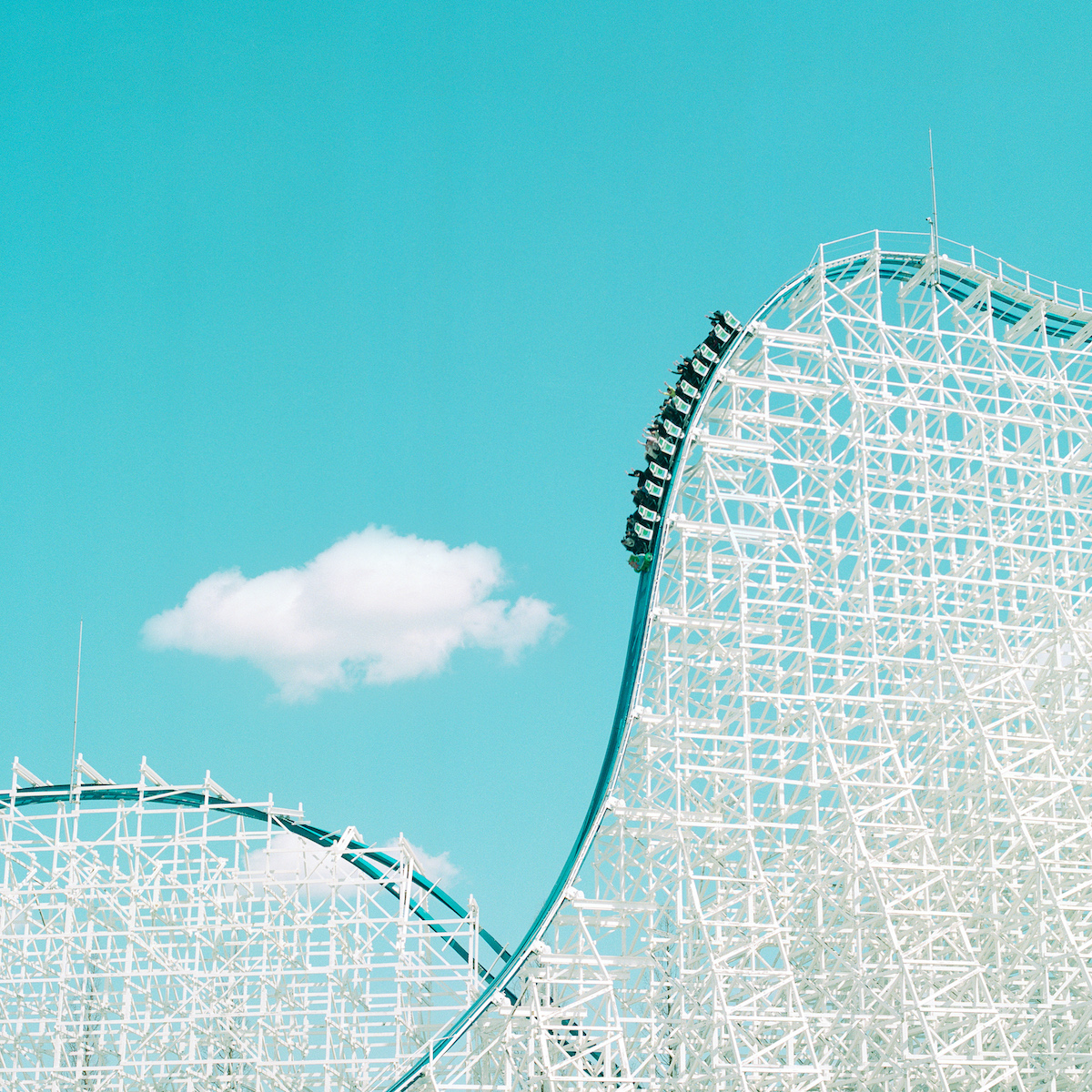Wes Anderson Didn’t Shoot These Photographs, But They May as Well Be Stills from His Films
When Wally Koval and his wife Amanda started an Instagram account focused on travel in 2017, they had no idea it would one day accrue a following of over one million. Founded as a platform for learning about noteworthy but lesser-known sites around the world, the account, called Accidentally Wes Anderson, has grown into what Koval describes as a “community.” It features artful images of visually striking buildings, interiors, transportation systems, and landscapes reminiscent of the ones that appear in Wes Anderson films like The Grand Budapest Hotel and Moonrise Kingdom, but are, in fact, just structures spotted around the world.
The Instagram account presents these photographs, which are sourced from people all across the globe, with historical information about their subjects. An image of Olympic National Park in Washington is accompanied by a caption relaying background about its establishment in the 1930s and some of the ecosystems it comprises, while a post about the towering and ornate roof of the Great Market Hall in Budapest offers details about the origins of the market, its design, and how it functions today.
Having created a digital space for this kind of storytelling, Koval set out to curate a printed collection of places remarkable not only for their appearance but also for the unexpected or overlooked histories attached to them. The result of that project is the new book Accidentally Wes Anderson (Voracious), which showcases rich, colorful images of more than 200 spots from every continent.
Most of the photographs in the publication have not been posted by its corresponding Instagram account, and the Kovals evaluated about 15,000 submissions for inclusion in the book. To whittle down the vast group of images, they conducted research on potential entries to find out if there was a compelling story to tell about them. Like the Instagram, each image in the book is paired with a description, written by the Kovals, that gives readers a sense of a place’s significance.
In an interview with ARTnews, Koval, who has experience working in content marketing, said that the book is intended to bring a bit of lighthearted joy and enjoyment to people’s lives, an especially timely goal given the political, social, and public health crises that have dominated headlines for much of this year.
“The aim of it all is to give you a little bit of inspiration,” he said. “Maybe it’s for travel or maybe it’s just a quick escape, or maybe you need a quick moment of delight.”

The White Cyclone at Nagashima Spa Land, Kuwana, Japan, ca. 1994–2018.
Photo by Paul Hiller
The book opens with a foreword by Anderson himself, who writes, in part, “I plan not to let any of these experiences escape me, especially the Croatian pancakes stand.” It brings together an auspicious grouping of well known places, like Hearst Castle in California or the Albertina museum in Vienna, and sites that might be uncharted for some, including a storied photo booth in Florence and a novelty cinema in Mumbai. Irrespective of a given place’s fame, the idiosyncrasies of every site featured are intriguing—one entry traces the rise of Perth’s Crawley Edge Boatshed to international tourist attraction, and another looks at the intricate construction of the wooden White Cyclone roller coaster at Nagashima Spa Land in Kuwana, Japan.
Koval said that, aside from visually appealing symmetries and color palettes, Anderson’s aesthetic is marked by an appreciation of the beauty of the spaces we inhabit everyday and the stories behind them. He believes that the new book will expand the Accidentally Wes Anderson’s audience, and the project’s next iteration will be a website with a searchable database.
“We’re telling these stories in a way the leaves you with a smile,” Koval said. “And that’s not something you normally get today.”
Published at Mon, 12 Oct 2020 19:45:51 +0000


